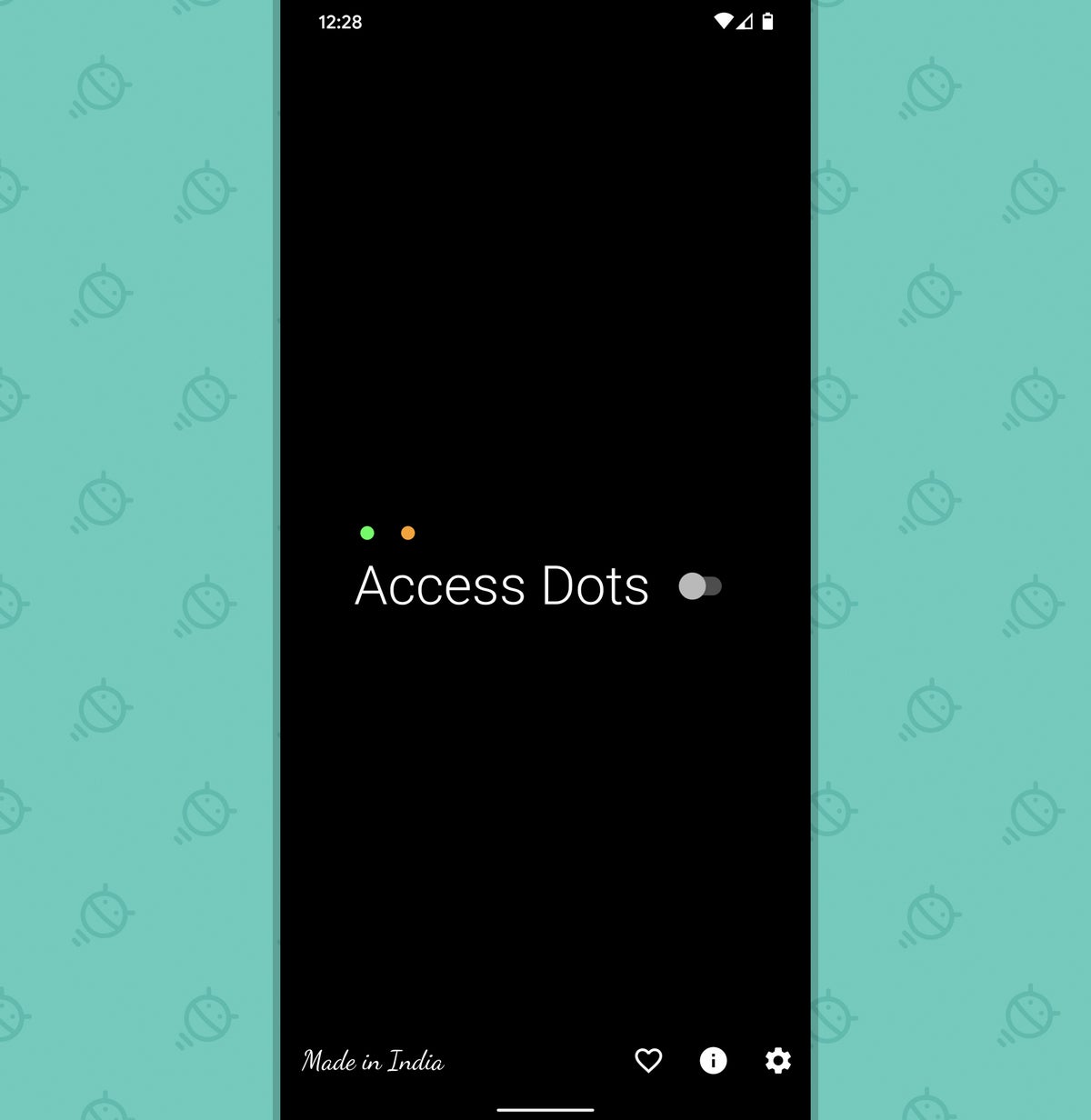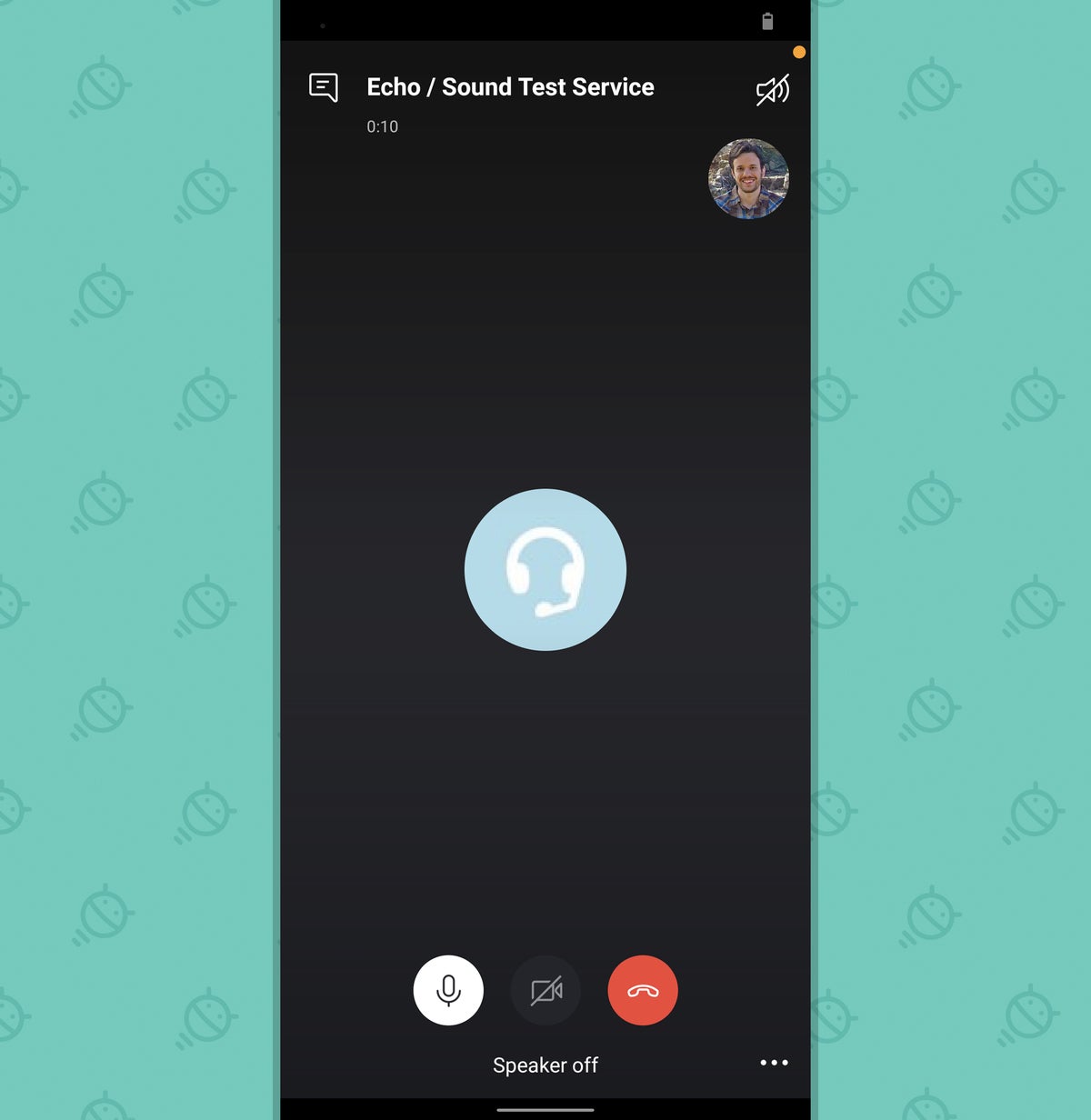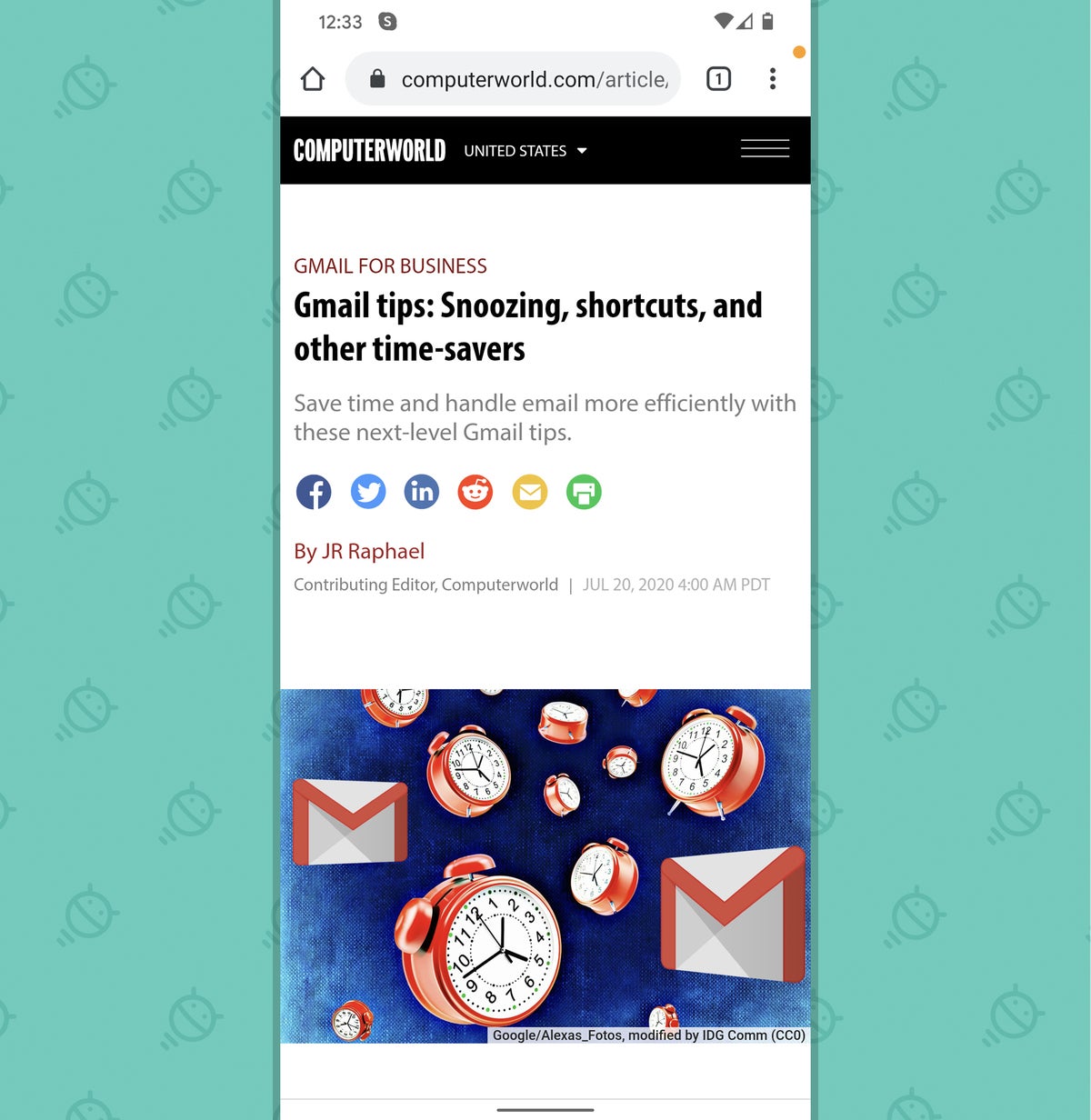Apple’s latest iOS update may have taken plenty of inspiration from Android — to put it mildly — but iPhone owners will soon enjoy one important feature that isn’t anywhere to be found here in the land o’ Googley devices. And it’s connected to a subject that’s increasingly near and dear to many of our hearts: privacy.
The iOS 14 beta includes a new system that shows a visual alert anytime an app is using a device’s microphone or camera, even in the background. It’s a smart bit of added privacy protection, especially since traditionally — on iOS as well as on Android — once you’ve granted an app access to those parts of your phone, the app is technically able to tap into ’em anytime, with or without notifying you that it’s doing it.
Well, no more, at least in Apple land: With this new system in place, whenever an app is accessing the camera or mic on an Apple-adorer’s device, a small dot appears in the corner of the screen so that said phone owner is aware. It’s a subtle but significant touch, wouldn’t ya say?
I sure would. And so I’m ecstatic to see that a crafty Android developer felt the same way and decided to take matters into his own hands so that all of us Android-totin’ toucans can benefit from the same concept. Rather than waiting for Google to come around and potentially add the feature into a future Android release, the developer put together a simple but powerful tool that can bring that iOS-14-like alert system onto practically any phone right now.
It’s called Access Dots, and it hit the Play Store a mere matter of hours ago. It’s simple as can be to use: You just install the app onto your phone, then tap the big toggle right smack-dab in the center of its configuration screen to get it going.
 JR
JRThat’ll prompt you to allow the app access as an Android accessibility service — which can sound slightly scary on the surface but is simply what’s required in order for an app to detect when different device sensors are being used and thus be able to do what this app is doing. If you’re at all wary about it, note that Access Dots doesn’t request any other permissions, including the ability to access your camera or microphone or even the internet, so it couldn’t collect all your darkest secrets and send ’em to a basement-dwelling bogeyman even if it wanted to.
And authorizing the app is actually quite easy: On a Pixel phone or any other device using something close to Google’s version of Android, once you activate the Access Dots toggle, you’ll be taken right into the appropriate area of your system settings. There, you’ll just tap the app’s name and then tap a toggle to allow it as an accessibility service. On Samsung devices, things are a bit less intuitive (because, y’know, Samsung): You’ll first have to find and tap a line labeled “Installed services,” then tap on the “Access Dots” line before you’ll find the toggle to authorize it.
And, well, that’s pretty much it: From that point forward, anytime an app is using your camera, you’ll see a little green dot in the upper-right corner of your screen. Anytime something is listening in on your microphone, you’ll see an orange dot in that same spot.
It’ll happen when the app accessing either item is actively open and in front of you — like here, with Skype:
 JR
JRAnd it’ll happen when the app is accessing either of those areas in the background, while you’re doing something else:
 JR
JRAccess Dots allows you to change the color of its dots, if green and orange aren’t your cup of cocoa. And if you want to make a donation to support the developer — anything from $2.50 and up — you’ll gain the ability to change the size of the dots as well as the location where they appear on your screen.
 JR
JROtherwise, the app is free to use, with no real catches and just a single ad inside its configuration screen (something you’re likely to look at approximately once) to help offset the developer’s time and expenses.
And with that, my fellow toucan, your Android privacy quotient is officially enhanced — in a relatively small but quite consequential way. Isn’t it nice when things are easy?!
Sign up for my weekly newsletter to get more practical tips, personal recommendations, and plain-English perspective on the news that matters.




